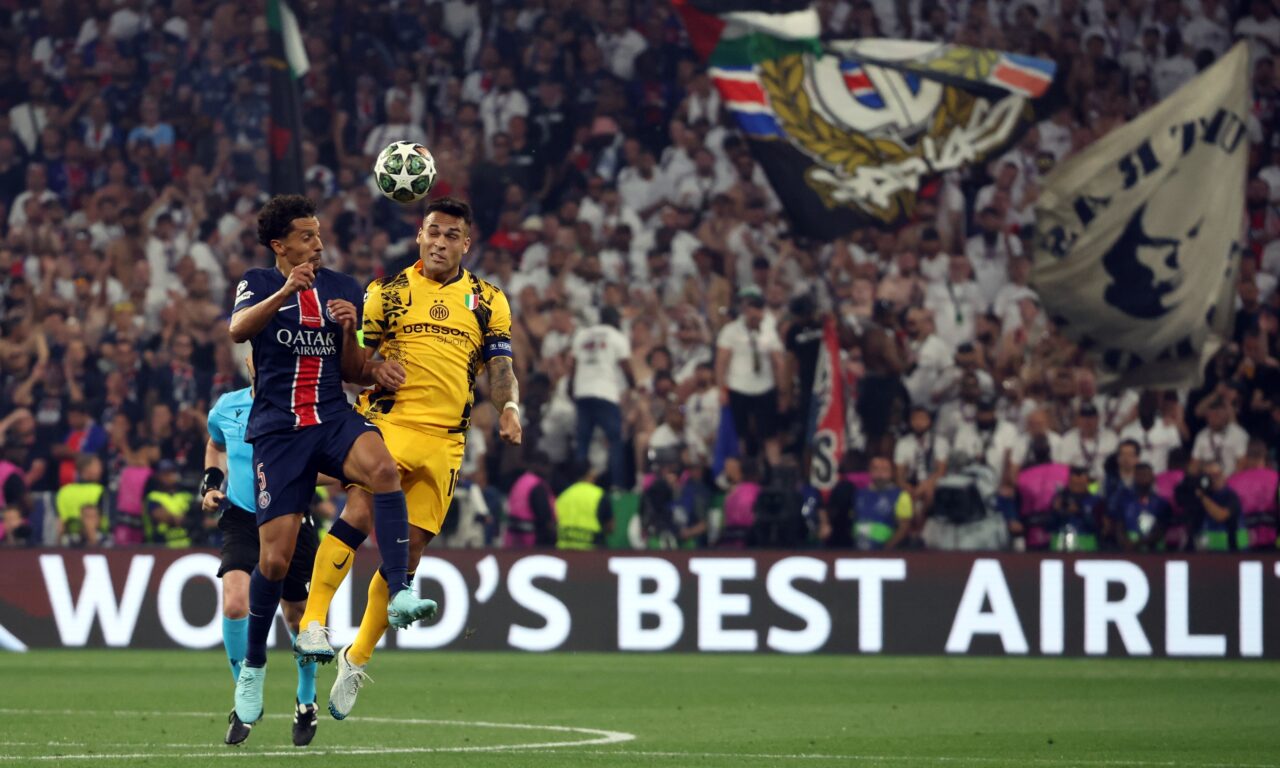Backing both sides: the opportunities and risks of multi-team sponsorship

What happens when a multi-team sponsorship means backing both teams in a final? Or ten players in the same tournament? For Qatar Airways and XTB, the answer was maximum visibility and a test of how to stay authentic when you're cheering for everyone.
At the 2025 UEFA Champions League Final, Qatar Airways sponsored both Paris Saint-Germain (as a shirt sponsor) and Inter Milan (as a training kit sponsor), as well as the tournament itself, putting the airline at the centre of a match watched by over 450 million people worldwide. Meanwhile, Polish investment platform XTB made its professional tennis debut at Roland Garros by sponsoring ten players across twelve matches, capitalising on a Grand Slam audience and targeting key growth markets across Europe. But when everyone is your ambassador, how do you keep your message consistent and your audience genuinely engaged?
Reach with meaning
This growing trend of multi-entity sponsorship can amplify reach across markets and demographics, but it comes with alignment challenges, particularly given that the logo was front and centre of PSG’s shirt. Qatar Airways answered this by focusing on values over victory. The sponsorship of both teams was structured around global connectivity and inclusion. Its travel packages sold out, its halftime event with Kaká generated social buzz, and a CSR initiative brought children from both clubs’ foundations to experience the final up close. Held at Olympiapark’s UEFA Champions Festival, the airline hosted “Rio Meets Powered by Qatar Airways,” a live podcast featuring Rio Ferdinand alongside PSG legend Claude Makélélé and Inter Milan icon Julio Cesar, who discussed their defining Champions League moments and the enduring legacies of their clubs. The message: football is bigger than any one team.
Ensure a market-specific strategy
XTB’s approach was different. By sponsoring ten players at Roland Garros (from its core growth markets in France, Germany, Czech Republic, and Romania) the fintech firm leaned into a volume-based strategy that matched its expansion goals. With over 1.6 million global users and a footprint in 12 countries, the brand could use its multi-team sponsorship to localise visibility without overcommitting to a single competitor. Several sponsored players reached later rounds, driving earned media and reinforcing presence in strategic regions.
Unlike football, tennis sponsorship allows for granular, athlete-by-athlete placement. XTB called its approach “opportunistic marketing,” a term that reflects agility but also requires a careful balance of timing, market focus, and competitive positioning.
To read more about sponsorship of athletes, click here.
Risk vs. resonance
Sponsoring a single player or club offers narrative clarity and emotional investment. A deep, consistent brand-story can drive long-term affinity. But the risk is real. A team’s poor performance or public controversy can damage the brand by association.
Multi-entity sponsorships offer wider exposure and an increased chance of success, but can feel less personal. The trade-off is between scale and story. The best strategies find a way to do both: wide enough to be seen, focused enough to be felt.
Utilita Energy has embraced a diversified model, sponsoring Bolton Wanderers as an official shorts partner and maintaining active deals with Luton Town, Southampton, Crystal Palace, and Brentford across the Premier League and Championship. A multi-year junior shirt partnership with Sunderland AFC further extends its reach. This broad footprint keeps Utilita visible across fan bases while reducing reliance on any one club’s performance.
To read our comprehensive Premier League fair market sponsorship values, click here.
Executing narratives
In such cases, execution matters more than quantity. Qatar Airways framed its triple sponsorship as a unifying gesture and communicated it clearly from the outset. XTB tailored its placements by geography and match relevance. In both examples, alignment with values and broader purpose helped maintain meaningful partnerships and genuine credibility.
For more practical sponsorship tips and expert insights, register a free account with The Sponsor or subscribe for full access to all interviews, articles, and reports.









